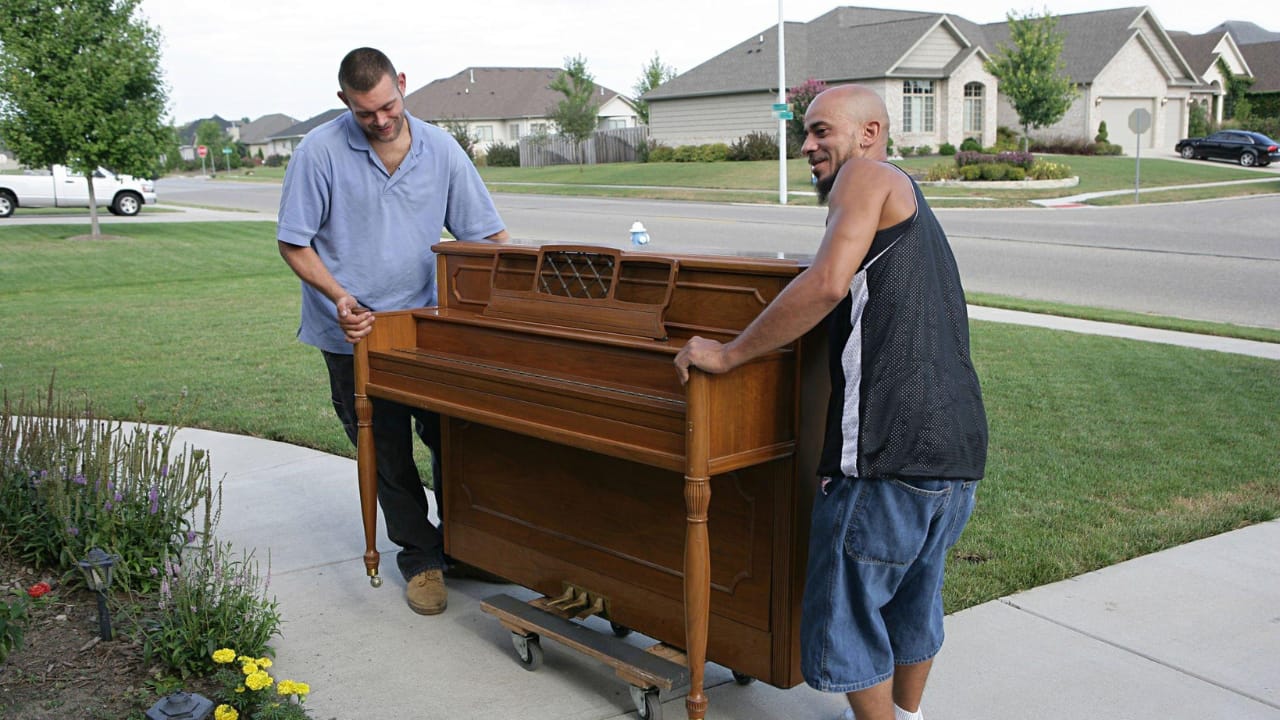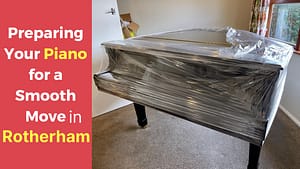Relocating a piano is a sophisticated task that demands expertise and meticulous care. Seasoned piano movers possess the knowledge and experience needed to handle the intricacies of pianos, ensuring their secure transfer from one place to another. In this in-depth guide tailored for Rotherham, we’ll delve into the intricate process that professional piano movers follow when packing and transporting piano parts. From comprehensive evaluation to meticulous reassembly, you’ll gain a detailed insight into how these specialists manage your valuable instrument.



Thorough Assessment and Planning:
Professional piano movers initiate the process by conducting a thorough assessment of the piano. Factors like piano size, type (grand or upright), condition, and any existing damages are considered. This assessment guides them in determining the best approach for disassembly, packing, and moving piano parts.Disassembly of Detachable Components:
The process starts with the careful disassembly of the piano, beginning with the removable components. These include the piano lid, legs, lyre, music stand, and pedal assembly. Each part is removed with precision to prevent damage. Movers meticulously label and organize these components for seamless reassembly.
Secure Wrapping and Protection:
Removable components are wrapped meticulously for protection during transit. Specialized moving blankets, foam padding, and protective covers are employed to shield delicate surfaces and prevent scratches or damage. These protective layers ensure the piano parts remain safe and unharmed throughout the move. Ensuring Keyboard Lid and Keys Protection: Special attention is given to securing the keyboard lid and keys. Piano movers take care to secure the keyboard lid to prevent it from opening and potentially damaging keys or internal parts. Keys are covered with soft cloth or foam padding to prevent movement or damage during transport.Safely Handling the Piano Body:
Whether it’s an upright or grand piano, the piano body requires careful handling during packing and transport. Professionals use specialized equipment like piano dollies or skids to ensure adequate support and stability. Weight distribution techniques are used to evenly distribute the piano’s weight and minimize strain.
Custom Crating for Fragile Parts:
In cases of extremely fragile or valuable pianos, custom crating may be chosen. This involves constructing a sturdy wooden crate around the piano to provide an extra layer of protection. Custom crating ensures the utmost safety for delicate piano parts during long-distance or international moves.Safe Loading and Transport:
Loading the piano into the moving vehicle is done with precision. Piano movers use specialized ramps, dollies, and hydraulic lifts for safe loading. The piano is securely fastened and balanced within the vehicle to prevent damage or shifting. Weight restrictions and transport guidelines are always considered.Delicate Unloading and Placement:
Upon arrival at the destination, piano movers carefully unload the instrument. They apply the same precautions used during loading to prevent accidents. The piano is placed strategically, considering room layout, flooring, and environmental conditions for optimal positioning and stability.


